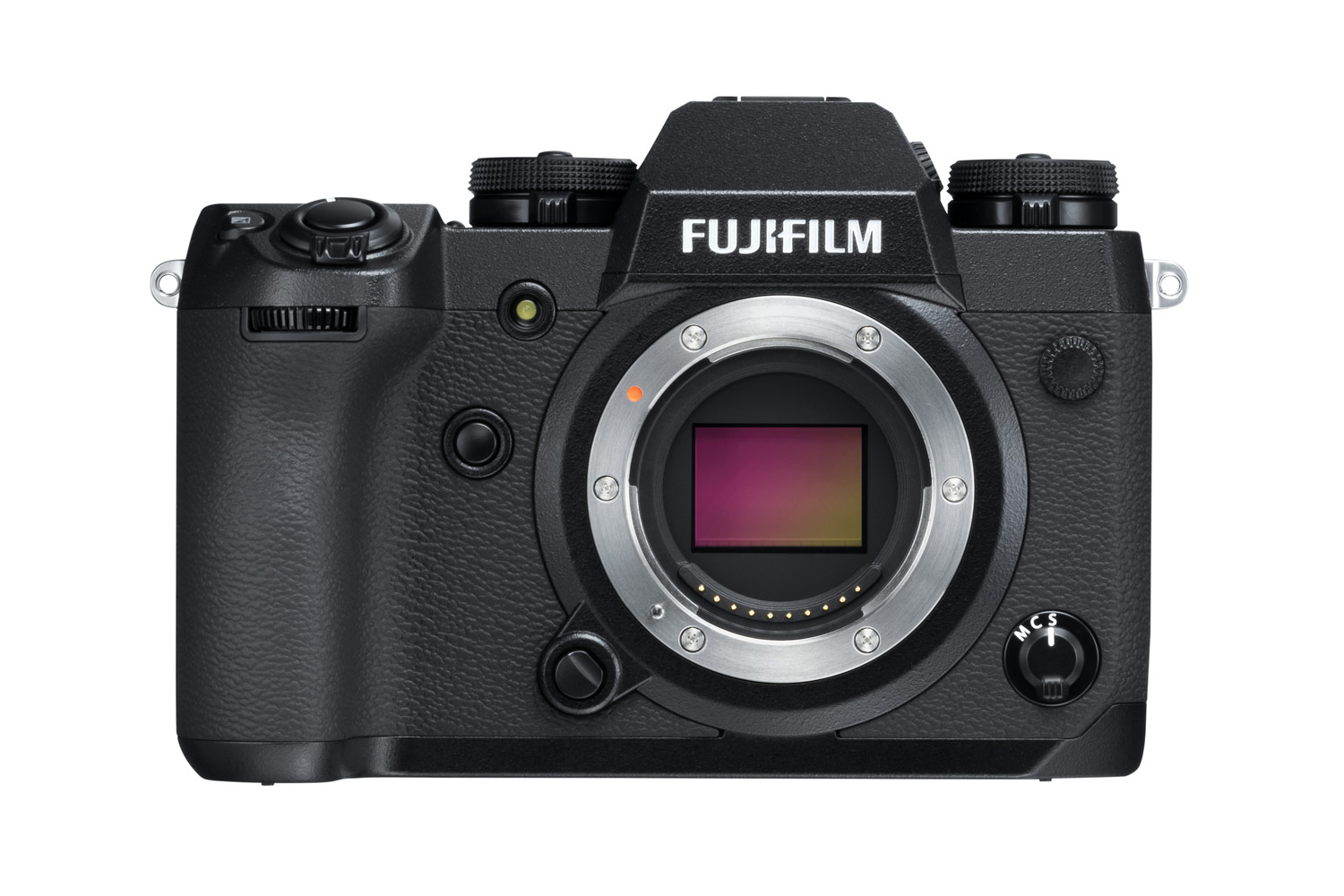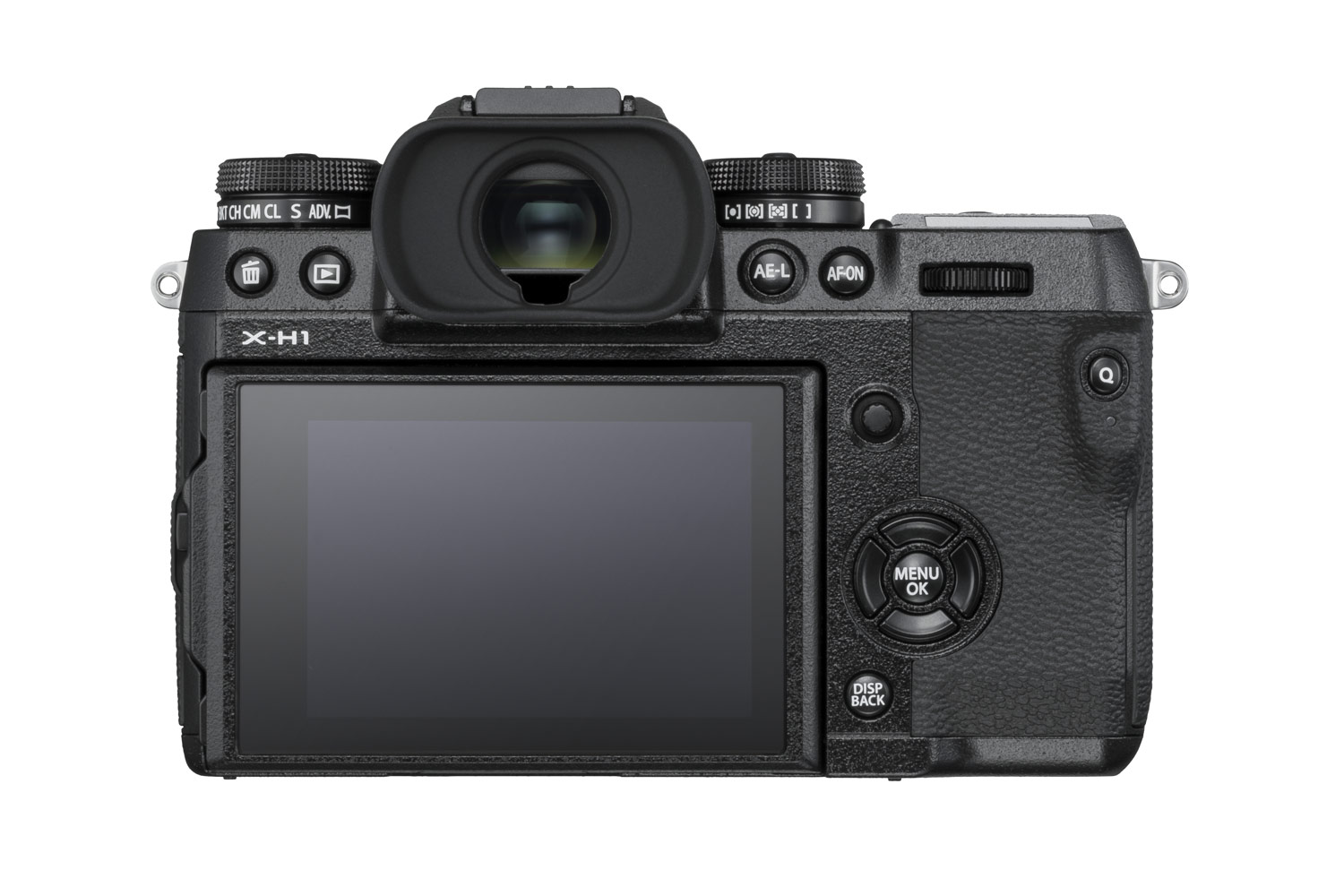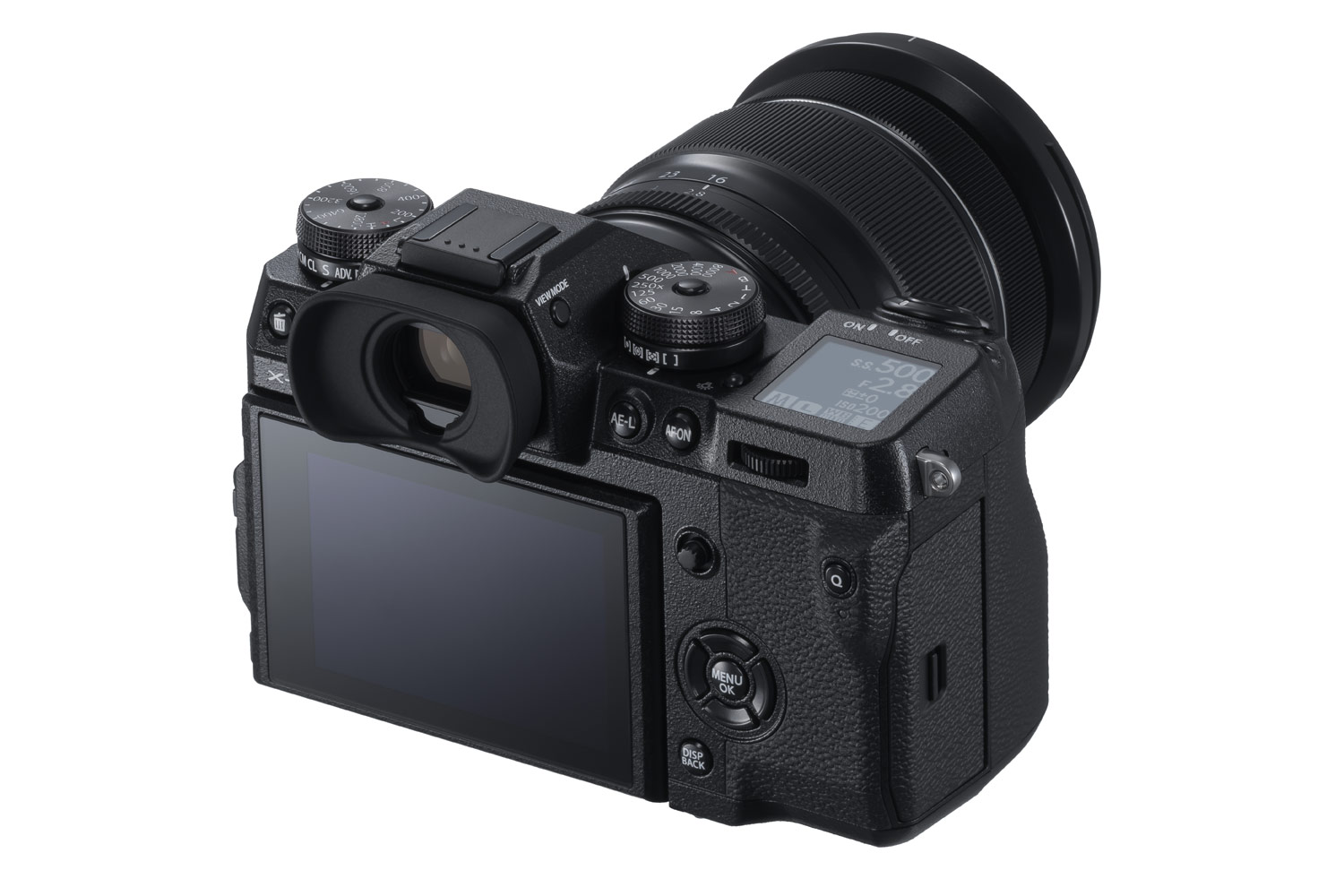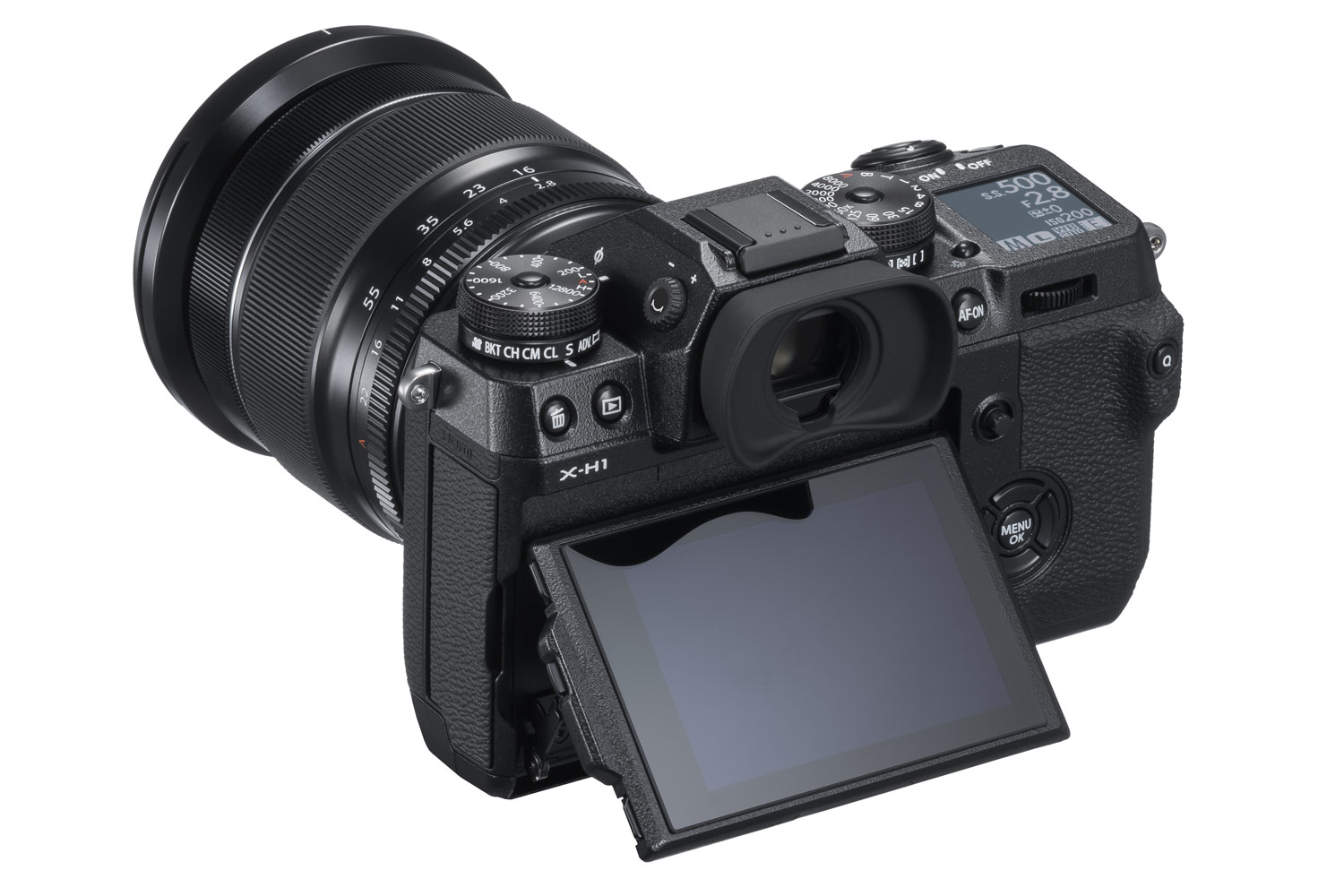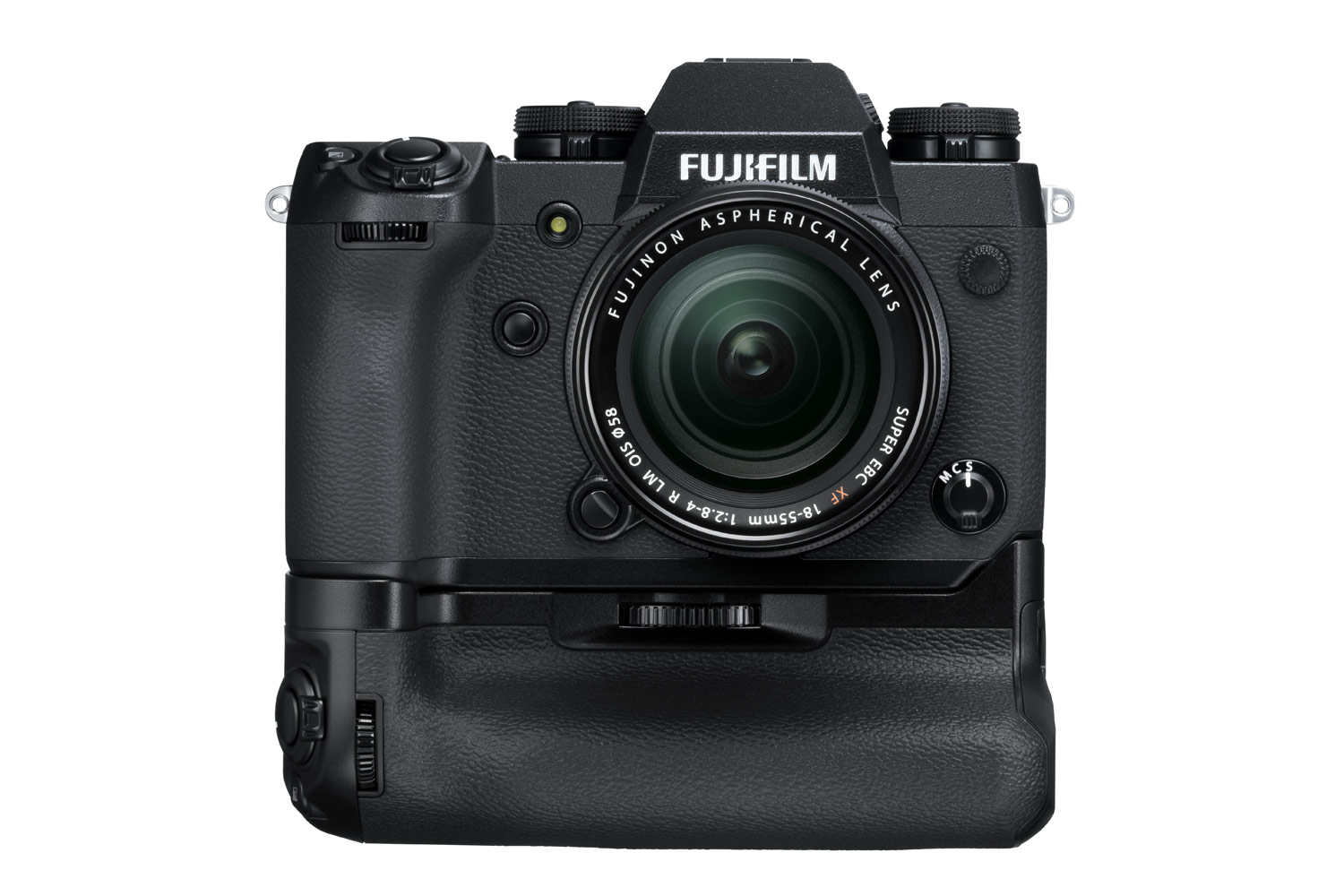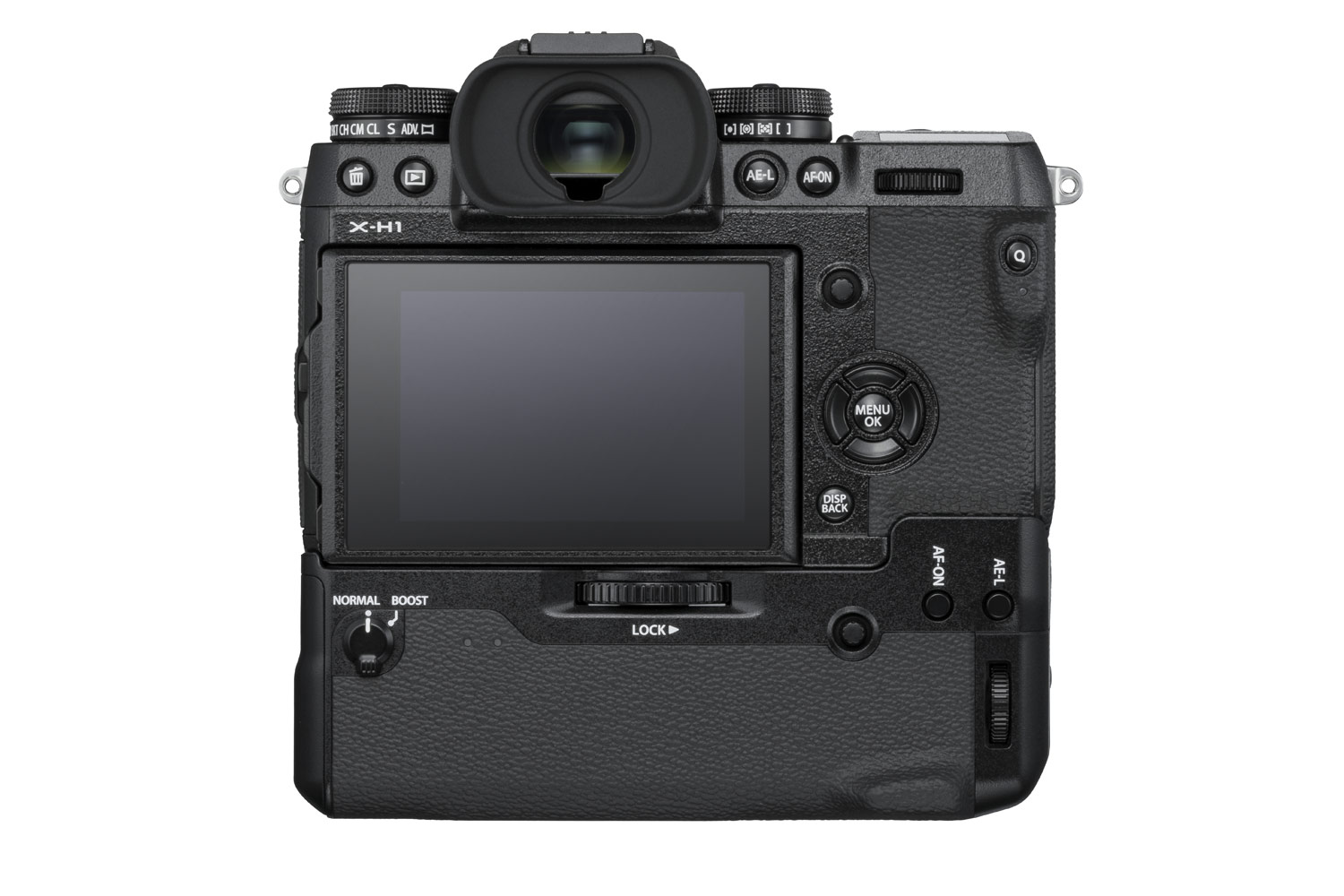The long-rumored — and highly leaked — Fujifilm X-H1 became a reality on February 15. The camera can be thought of as a heavily modified X-T2, one of the company’s previous flagship models that earned high marks in our review, even though it lacked some features common to other mirrorless cameras. The X-H1 not only improves on the X-T2’s shortcomings, but also takes Fujifilm further down the rabbit hole of professional video production. At $1,900, it is competitively priced just below the Panasonic Lumix GH5, a dominant camera in the video world.
The X-H1 uses the same 24-megapixel APS-C sensor found in many of Fujifilm’s other current cameras, but that sensor now rests in a five-axis stabilization system — the first in-body image stabilization to grace a Fujifilm camera. This was a highly requested feature from Fujifilm users, and we are very pleased to see it finally make its debut. The company claims up to 5.5 stops of shake reduction, although states that only “certain lenses” will function at that specification.
Internal F-log and DCI 4K
Internal stabilization is good news not just for still shooters, but also videographers — and it’s not the only thing such users have to look forward to. The X-T2 was a bit of a surprise when it took Fujifilm into the 4K era and introduced F-log, Fujifilm’s version of a logarithmic color profile, for maintaining more dynamic range in video. However, F-log was only available when recording externally via HDMI. The X-H1 now lets users record F-log internally to an SD card, and also offers a new, 200-megabit-per-second codec for saving video with less compression.
Additionally, 4K video can be recorded in the wider DCI aspect ratio with a resolution of 4,096 x 2,160 pixels (compared to Ultra HD at 3,840 x 2,160). Full HD 1080p has also received a boost, with high frame rate recording now possible at 120 frames per second, great for producing up to 5x slow-motion playback.
Fujifilm has also rolled out a new Eterna film simulation mode. The color profile is based on the now discontinued Eterna motion picture film used in moves like The King’s Speech and Black Swan.
A more modern design
On the outside, the X-H1 borrows much from the X-T2, but Fujifilm made a few key ergonomic improvements based on feedback from professional photographers, starting with an even more robust construction using thicker magnesium. The grip is larger, offering a more secure handhold, and it employs what we would now call a “regular” shutter button, compared to the threaded, vintage-style shutter release of the X-T2. The electronic viewfinder is also new, with a resolution of 3.69 million pixels, up from 2.36 on the X-T2.
But the most striking change in the design is the addition of a top-plate LCD information display. It is very similar to the one found on the medium-format Fujifilm GFX. The Panasonic Lumix G9 is one of the few other mirrorless cameras to incorporate such a display.
Overall, the X-H1 looks decidedly less retro than Fujifilm’s other cameras, although it still features dedicated ISO and shutter speed dials. Unfortunately, it also holds onto a couple of the X-T2’s limitations. Both continuous shooting speed and video record times are truncated on the base camera; only by attaching the vertical battery grip can you achieve the maximum 11 frames-per-second burst rate and 30-minute clip length. Performance is limited to 8 fps and 15 minutes without the grip. And yes, the grip is entirely new, called the VPB-XH1 — the existing VPB-XT2 battery grip for the X-T2 is not compatible.
The X-H1 will be available in North America on March 1. Fujifilm also announced availability of the X-mount versions of its 18-55mm T2.9 and 50-135mm T2.9 cinema lenses, which will arrive in June.
